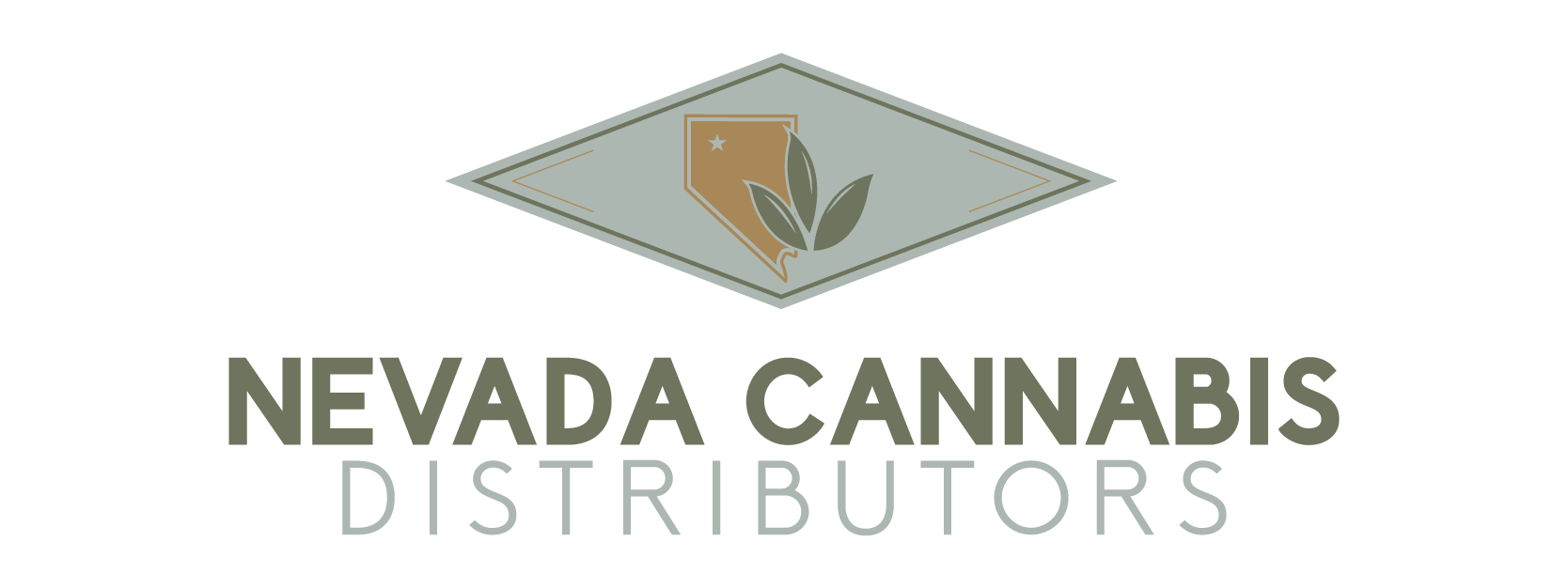Nevada’s cannabis distribution landscape has entered a pivotal moment: as pressures from shrinking margins, rising competition, and regulatory headwinds intensify, single-state consolidations and cross-border platforms are increasingly seeking market dominance. With wholesale prices softening, industry analysts wonder whether today’s patchwork ecosystem will evolve into one controlled by a few powerhouse firms.
According to UNLV’s Overview of the 2024 Nevada Cannabis Economy, wholesale prices in Nevada remain high—$1,200–1,700 per pound—but falling, benefitting only those producers and facilities optimized for cost containment. As margins dwindle, smaller distributors lacking scale or tech infrastructure could struggle to endure, particularly with out-of-state operators eyeing expansion.
Market signals confirm the trend. In April 2024, California’s Nabis acquired Las Vegas–based Blackbird, folding the distributor into a national wholesale platform. Nabis CEO Vince Ning said the move was key to “providing the geographical, unified, infrastructural business” needed for multi-market operations—an explicit sign consolidation is more than hypothetical.
Still, challenges remain. Cannabis M&A activity across the U.S. slowed sharply—capital deals fell from US $10 billion in 2021 to just US $3.2 billion in 2022, and interest-rate pressures have paused many high-dollar deals. In the Nevada context, a regulatory environment still shaping distribution license policies further complicates aggressive dealmaking. The state has only recently begun diversifying distribution licences beyond traditional alcohol-licence holders, suggesting room for new entrants but also a longer runway before scale plays out.
Against this backdrop, Nevada’s Cannabis Compliance Board (CCB) and TPMA report highlight persistent illicit competition, which still accounts for up to one-third of statewide sales. These black-market pressures zap legal profitability and may accelerate consolidation—in particular, among players who can invest in compliance, traceability, and enforcement alliances.
Despite headwinds, industry stakeholders forecast a consolidation curve in line with broader market trends. Drawing on Kearney’s widely referenced four‑stage framework—Opening, Scale, Focus, and Balance & Alliance—Nevada appears poised between Scale (a full market with many small players) and Focus (where market share concentrates). This transition often precedes oligopoly formation. However, it’s expected to unfold slowly, as regulatory frictions and capital scarcity blunt the speed of M&A.
UNLV’s 2024 Nevada Cannabis Report cites concern among cultivators and distributors about interstate competition, especially once federal reforms allow lower-cost producers from other regions to enter Nevada. For now, in‑state networks remain insulated—but national platforms like Nabis view this as a temporary moat.
Looking ahead, Nevada’s distribution channel will likely coalesce into a tiered structure: a handful of well‑capitalized platforms managing statewide or multi‑state logistics, flanked by niche, local operators oriented to tourism or craft branding. The Blackbird‑Nabis deal stands as a blueprint, but more regional roll‑ups will be needed to make distribution meaningful at scale.
So will Nevada end up with a few dominant firms? Probably—but not imminently. Analysts anticipate a gradual path: license expansions, reluctant M&A, and continued compliance burdens will shape a multi‑year consolidation arc. Those who invest early in compliance and inter‑state readiness will likely be the winners.
Nevada’s cannabis distribution network is still sprawling—but forces are in motion that almost inevitably converge toward consolidation. The question now is not whether—but when and how deeply—it arrives.
